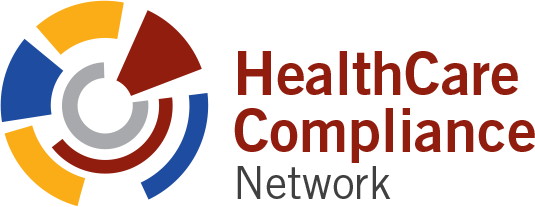How we Assist
Coding compliance is a complex and perpetually changing environment. The launch of ICD-10 exponentially increased the number of applicable codes. And new practice areas like Telemedicine make it hard to stay abreast of the latest developments.
We help you avoid fraud/abuse liability, penalties, and reputational damage through management of coding, documentation, and billing practices – including specialty-specific nuances – using both physical chart audit and technology assisted code review. We make sure healthcare organizations bill for all the payment they are due, while steering clear of coding that can result in audits.
Coding Compliance Risk Assessment – Physicians assessed on 4 parameters
- Comparison of billing data with regional data
- Coding compliance chart review
- Cross check of billing items listed on current OIG work plan
- Evaluation of compliance plan effectiveness.
Management/modification of CPT Code Assignments
CMS National Coverage Determinations
Appointment of ICD-10 Diagnosis Codes
Audits of Compliance Maintenance
Management/modification of CPT Code Assignments
Medical Orders and Test to Concur Matches
Risk Assessment/Value Score-Card
EMR Optimization
Coding Assessments
We provide thorough assessments to help you uncover potential liabilities for fraud/abuse that can result in penalties and reputational damage. We conduct a physical chart audit, along with a technology-assisted review, to examine your coding, documentation and billing practices – including specialty-specific nuances – and make sure you are billing accurately for all of the payment that are due, while steering clear of coding that can result in audits.
Our Coding Compliance Risk Assessment framework – addresses four key parameters, including a comparison of billing data to regional data, a coding compliance chart review, a cross-check of billing items from your current OIG work plan and evaluation of your compliance plan effectiveness.
Coding Manuals
One we’ve assessed where your practice rates in its Coding Compliance, we’ll help you develop the written plan and guidelines for adherence – the Coding Compliance documentation. We’ll outline the differences between coding and billing, reviewing techniques, Medicare guidelines and coding compliance strategies developed specifically for your practice. The manual also outlines the how to implement Electronic Health Records, and automated coding systems and addresses the frequently asked coding and compliance questions, along with the corresponding legal requirements and payer-specific instructions.
Also, as Coding Compliance guidelines change and new codes are added, we will update your manuals accordingly and securely store these electronic manuals and associated documentation in our custom Regulatory Compliance Management System.
Coding Training
A core element of proper Coding Compliance is results-based education. It’s important to train
all staff who are involved in the claim submission process. As part of our online training program, we help medical practice staff ensure proper use of medical codes, as well as the modifiers that can produce higher payments when used with certain codes.
We also train billing staff to review key updates to medical codes, and where they can be found. We help to ensure that coders understand the need for continuous education and staying abreast of new codes and instructions, changing Medicare guidelines and practice-specific guidelines.
Recent Coding Compliance News
Ensuring ADA Compliance and Accessibility for All Patients in Your Practice
In today's healthcare landscape, ensuring compliance with the Americans with Disabilities Act (ADA) is crucial to providing inclusive and accessible services for all patients. Individuals with disabilities continue to lack equal access to routine preventative medical...
Navigating Increased Audits in the Behavioral Health Industry Post-COVID
In the wake of the COVID-19 pandemic, the behavioral health industry finds itself under an intensified magnifying glass, with notable increased interest and activity from the Private Equity community and consolidation in the behavioral health space, it’s no...


